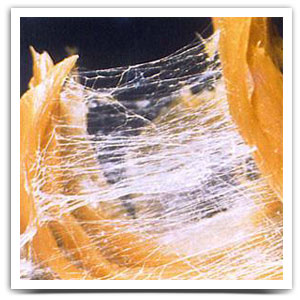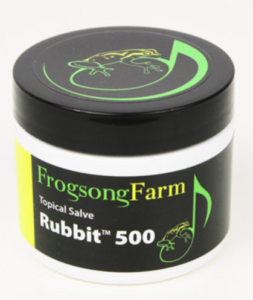I’ve talked about fascia before in this blog, but I wanted to expand on the topic: It’s SO important, causing so many resolvable issues. It’s frustrating to me that fascia is unknown by average people, and ignored by so many types of healthcare practitioners. It’s ESSENTIAL in understanding biomechanical dysfunction and healing.
Fascia is the connective tissue that – literally – connects all of our parts. It’s why we are up walking around instead of a pile of organs and bones on the floor. These delicate layers of tissue are supposed to move past each other inside us as we move, but sometimes they get stuck. Trauma like injury or surgery, or a sedentary lifestyle over long periods, are frequent causes of fascial adhesions.
Once I bought a rotisserie chicken from a regular grocery store. As I was taking it apart, I was stunned at how bound up the bird was, compared to the free-range chickens I was used to. A lifetime of forced inactivity had created fascial adhesions all over – you know, that translucent white sheeting? The muscles were all shrink-wrapped in place. “This poor chicken needed a massage!” I told Robert. I felt so bad for it. Just another lesson on how important light, frequent movement is for our bodies.

Connective tissue / fascia (white) and muscle fibers (tan)
Tight fascia will pull on our muscles and bones, preventing free movement and potentially causing misalignments. In severe cases, it can constrict nerve and blood vessel function, creating swelling, pain, or numbness & tingling.
Resolving fascial adhesions is as simple as knowing the right medical massage technique, myofascial release. I can do it for you, and I can show you how to treat yourself and your loved ones.
For hard-to-reach areas, you can use a foam roller to soften the adhesions. I advise people to use it against a wall, rather than lying down on it, because you can control the pressure better. Remember you do NOT want to cause intense pain – that will spark an alarm response. The body will think you have a new injury and will send sticky connective tissue to glue up whatever is torn or bleeding – which means the adhesions you just broke up will reform themselves. It’s best to use the roller gently, then move. Go for a walk or do your usual workout. Movement will help release those weakened adhesions.
Want to learn more? There’s a treasure trove of articles here.
Let me know if you have any questions!

 ).
).